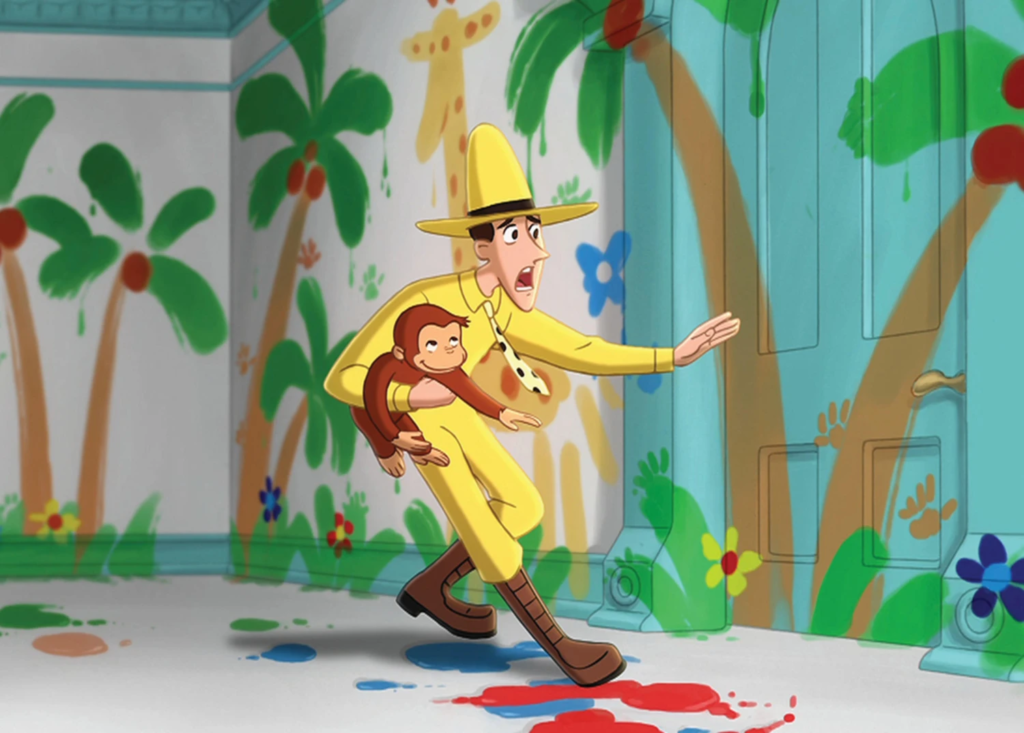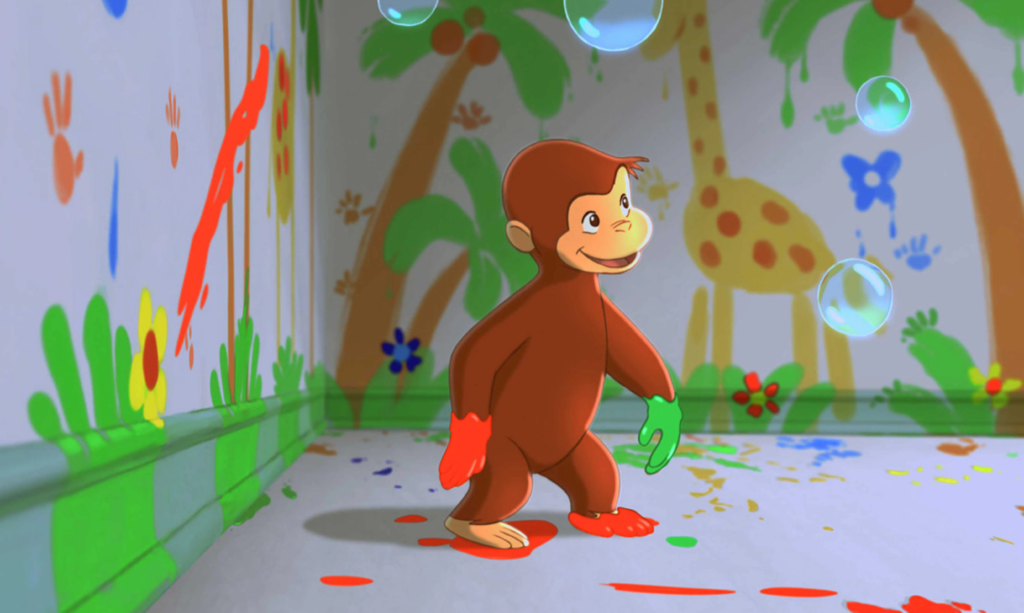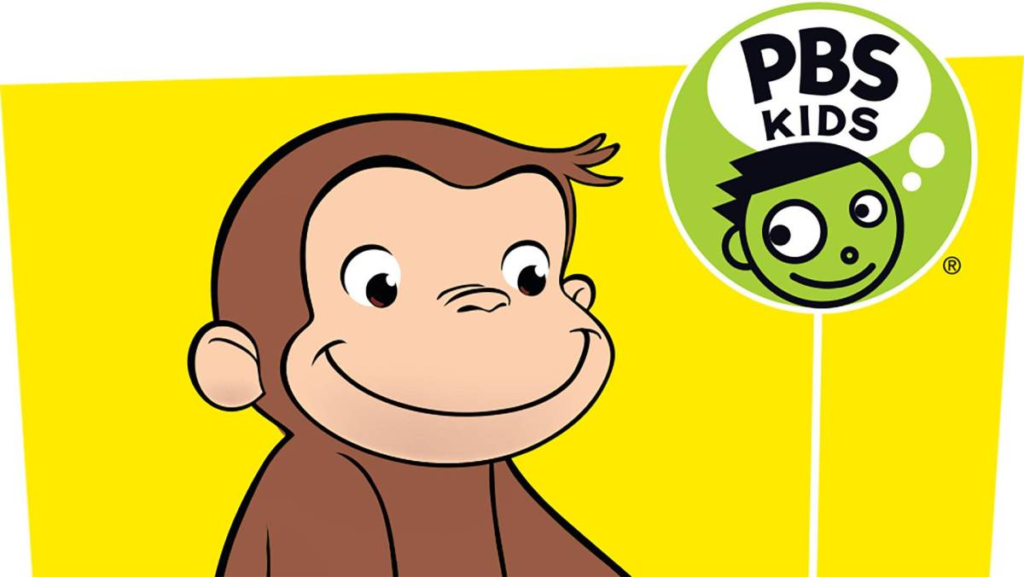Curious George, the inquisitive little monkey whose adventures have captured the hearts of millions of readers worldwide, has been a beloved character in children’s literature since his first appearance in 1941. Created by H.A. Rey and Margret Rey, George’s escapades with the Man with the Yellow Hat have taught lessons of curiosity, bravery, and friendship. However, in a fictional twist that explores the boundaries of storytelling and character development, some fans have pondered a more somber question: how did curious george die meet his end?

The Legacy of Curiosity
To understand the impact of such a question, we must first delve into the legacy Curious George has created. Over the decades, George has been more than just a character in children’s books; he has become an icon of learning and exploration. His stories have been adapted into television shows, films, and educational materials, each iteration encouraging young minds to ask questions and explore the world around them.
A Hypothetical Scenario: The End of Curiosity?
In our speculative scenario, we imagine a world where the story of Curious George takes a final turn. It’s a narrative choice that invites readers to reflect on the themes of growth, change, and the natural cycle of life. How would such a story be told, and what would it teach us?
The Final Adventure
Picture this: ever the explorer, George embarks on his last adventure. This time, his curiosity leads him to confront environmental challenges, mirroring real-world conservation and sustainability issues. In this tale, George’s actions highlight the importance of caring for our planet, teaching young readers about responsibility and the impact of their choices.

The Legacy Lives On
In the wake of George’s final journey, the narrative would focus on the legacy left behind. Friends, family, and the many lives he touched would come together, sharing stories of the joy and wonder he brought into their lives. This part of the story emphasizes the themes of memory and how we live through the lives we impact.
Learning from Loss
Addressing the concept of loss in children’s literature is a delicate matter. In our fictional account of George’s end, the story would aim to teach young readers about grief, acceptance, and the beauty of cherished memories. Through gentle storytelling, children would learn that saying goodbye is a part of life, but the lessons and love we share remain forever.
Ethical Storytelling and Reader Impact
Creating a story about the end of a character as beloved as Curious George comes with great responsibility. It requires a thoughtful approach that respects readers’ emotional connection with George while providing valuable lessons that align with the character’s educational goals. The hypothetical scenario presented here aims not to sadden but to enrich the narrative of Curious George with themes of environmental awareness, legacy, and coping with loss.
Conclusion: The Endless Curiosity of George
In our imaginative exploration of how Curious George might meet his end, we’ve ventured into a narrative that extends beyond the pages of his books. This speculative journey underscores the power of storytelling to address complex themes in a manner that resonates with readers of all ages. While Curious George’s physical adventures might end in this fictional scenario, the curiosity he inspires, the lessons he teaches, and the joy he brings will endure forever.

Curious George’s legacy is a testament to the enduring power of curiosity and the impact one character can have on the world. Whether leaping from the pages of a book or embarking on the final adventure we’ve imagined, George remains a beacon of exploration, reminding us constantly to keep questioning, learning, and growing. Through joyful and poignant stories, we learn to navigate the vast world around us, armed with the courage to face the unknown and the strength to embrace change.


